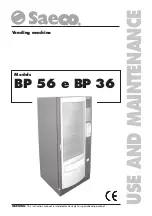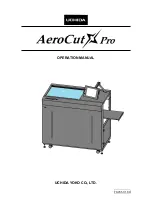
33
Practical stitches
Set the machine as illustrated.
For decorative edges.
Suitable for edges on sheer, fine and stretch fabrics. The larger
stitch should go just over the edge of the fabric to create the
shell effect.
- This stitch requires a tighter thread tension than normal.
- Place the fabric under the presser foot so that it will be sewn
along the bias with the straight stitches sewn on the seamline
and the zigzag stitches sewn slightly over the folded edge.
- Sew at a slow speed.
For flat joining seams, sewing on elastic, visible hems.
This stitch can be used for firm, thicker fabrics.
For seams, place mats, tablecloths.
Decorative joining seam for a fagoted effect. Gathering with
cord or shirring elastic.
Shell hem (1)
Rampart (2)
Bridging (3)
Stitch width dial
Stitch length dial
1
2
3












































